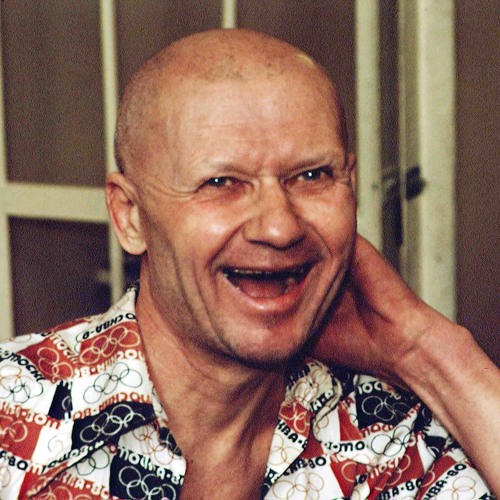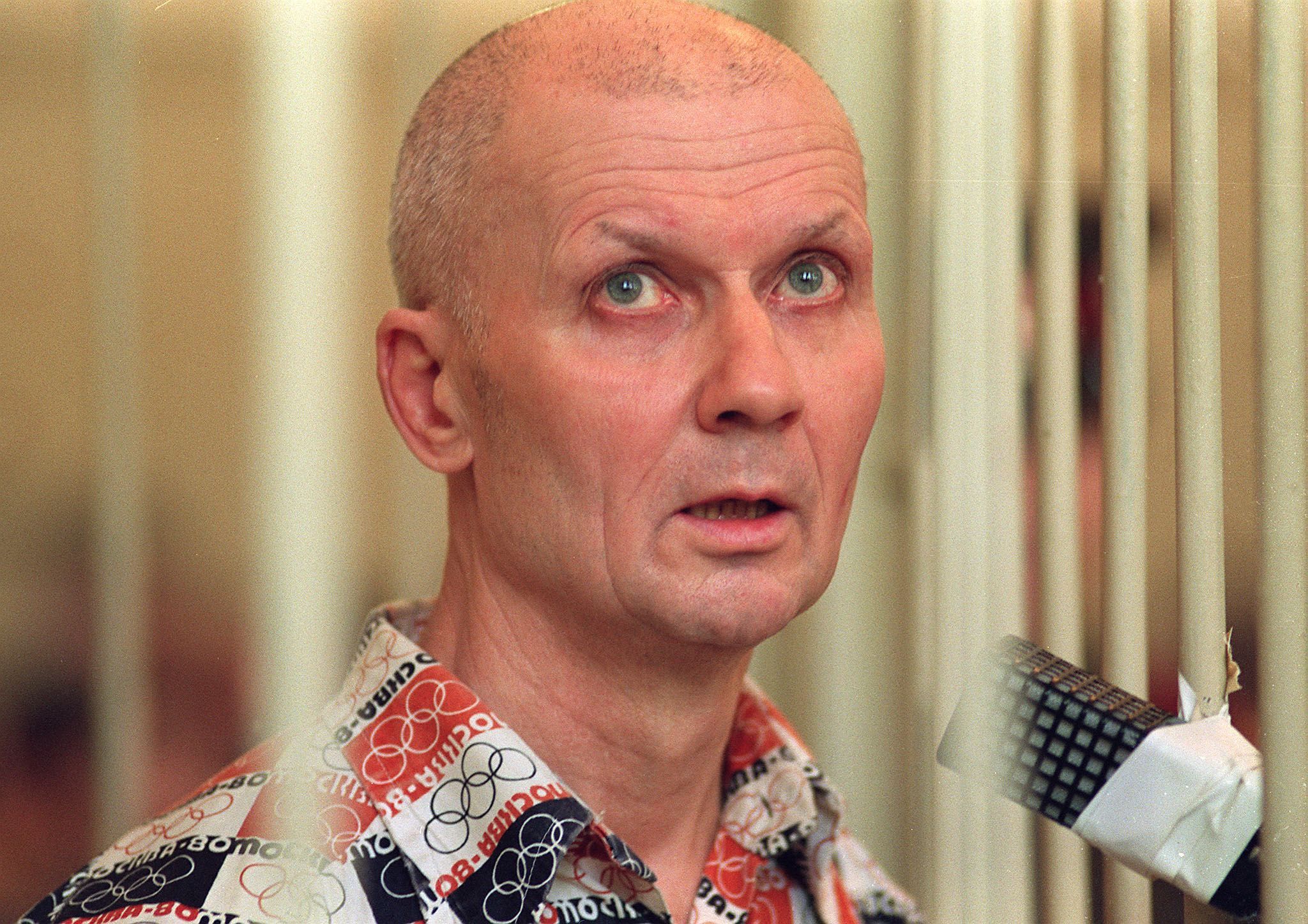Andrei Chikatilo was one of the most brutal serial killers in history. Learn how this Soviet schoolteacher hid a horrifying secret behind a quiet face.

A Quiet Man with a Dark Secret
Andrei Chikatilo looked like an ordinary man.
He was a schoolteacher, a father, and even a Communist Party member in the Soviet Union.
But beneath that calm face, he was hiding a monstrous secret.
Between 1978 and 1990, Chikatilo brutally murdered and mutilated at least 52 women and children.
He became known as The Butcher of Rostov.
You can read more about chilling killers like him on www.america112.com.
Early Life and Deep Frustrations
Chikatilo was born in 1936 in Ukraine, during a time of famine and war.
His family struggled. He was bullied and humiliated.
He also suffered from serious psychological issues, including sexual dysfunction.
These frustrations later became violent fantasies—and eventually, horrifying actions.
First Kill and the Start of a Pattern
In 1978, Chikatilo committed his first known murder—a 9-year-old girl.
He lured her to a small shack, killed her, and dumped the body in a river.
He wasn’t caught. Instead, another man was wrongly executed for the crime.
This mistake allowed Chikatilo to keep killing—over and over again.
Just like in the case of Issei Sagawa, the law seemed to fail the victims in the beginning.
A Killer Hiding in Plain Sight
He changed jobs often, moving from town to town.
Most of his victims were young runaways, women, and children.
He targeted train stations and bus stops.
He’d lure them with promises of food, shelter, or small gifts.
Then came the horror—stabbing, mutilation, and sometimes cannibalism.
Despite the brutality, he managed to escape justice for years.
The Soviet Silence
One reason he wasn’t caught sooner?
The Soviet government didn’t want to admit that a serial killer could exist in their country.
Authorities were slow, and they covered up facts to protect the image of the state.
Dozens of lives could have been saved—if the truth wasn’t buried by pride.
This reminds us of another dark tale of blood and power—Elizabeth Báthory’s story—where social status helped hide pure evil.
The Arrest and Shocking Confession
Finally, in 1990, after years of failed investigations, Chikatilo was caught.
Police used surveillance, forensics, and patient detective work.
When arrested, he calmly confessed to the murders—every gruesome detail.
In court, he acted bizarrely, sometimes singing or shouting.
But the evidence was overwhelming.
He was found guilty of 52 murders.
The End of a Monster
In 1994, Chikatilo was executed with a single shot to the head.
His crimes left deep scars on Soviet society.
He was not just a killer. He was a symbol of what can grow in silence. This happens when no one wants to face the truth.
Final Thoughts
Andrei Chikatilo’s story is not just about murder.
It’s about neglect, denial, and the dangers of ignoring warning signs.
He hid behind a job, a smile, and a system that didn’t want to see.
Let this story be a reminder: evil doesn’t always come with a warning.
Follow Recital Blog for more disturbing yet important stories from history and beyond.


One Reply to “The Soviet Killer No One Wanted to Catch”